Life jackets are there to save precious human lives. But how do they work?
If you’ve this question, you surely have a curious mind.
We’re here to satisfy your curiosity.
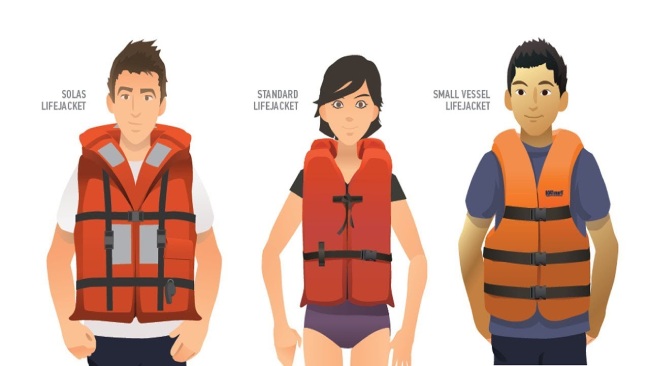
How Do Life Jackets Work?
Life jackets are made of lightweight materials or often use air to float. They barely have any weight considering the average human weight density.
They help you stay afloat on the water leaning on the law of buoyancy. Buoyancy is a physical law that states – the weight of an object is equal to the amount of water it puts out of place.
Gravity plays a big part here, the subject (a human) floats when the upward force of buoyancy matches the downward force of gravity.
It’s always vital to put on a life jacket that fits you well when you’re out on the waters. It’ll safeguard you from drowning until the help comes, even if you’re caught in a rough sea.
The buoyant force and your life jacket
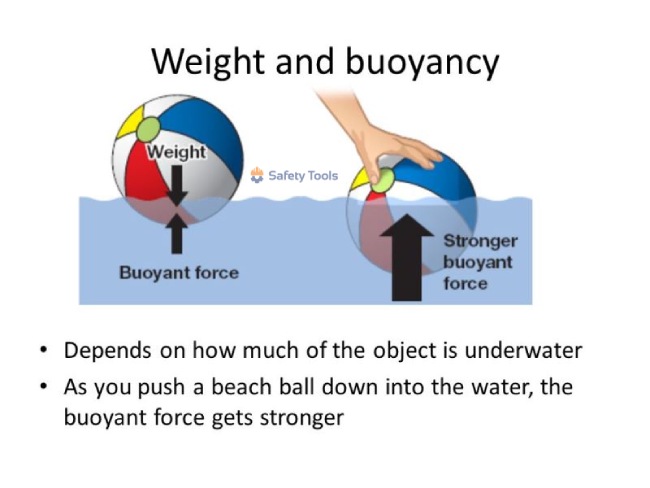

Origin and definition
The buoyant force is the term or idea derived from the physical law of buoyancy, discovered in ancient Greece by the famous mathematician and inventor Archimedes. The law is also known as Archimedes’ principle.
However, the word buoyancy signifies the upthrust or upward force (of fluid). This formula brings up the object’s submerged thrust or volume and the volume of the fluid’s displacement.
The clear concept is that water displacement will take place when you drop an object into water, and the weight and density of the object will determine the amount of water that’ll displace.
For instance, drop a small empty bottle in a bowl of water and you’ll see water displacement will be insignificant compared to when you drop a big rock in the same bowl.
Buoyancy in a life jacket
On average, each life jacket equips around 20-26 pounds of buoyant force that keeps you through the water surface and enables you to breathe. Buoyancy is the name of the same formula that fishes, humans, or enormous ships use to not drown under the water.
How Different Types of Life Jackets Work
1. Foam-filled
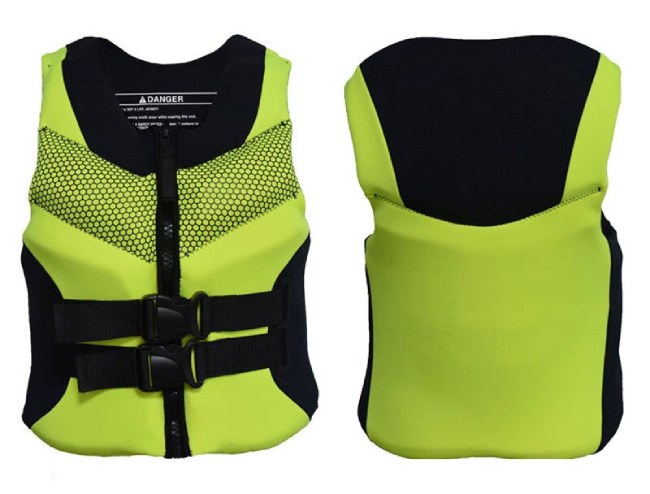
A number of standard life jackets are made using dry foam with air locked in the fibers. The air helps to cut the density of the jacket and make it afloat in the water without you triggering an air source first.
You probably remember the science teacher saying – something that has a lower density than water will float on the water, you can take oil or wood as good examples for that.
2. ?Inflatable
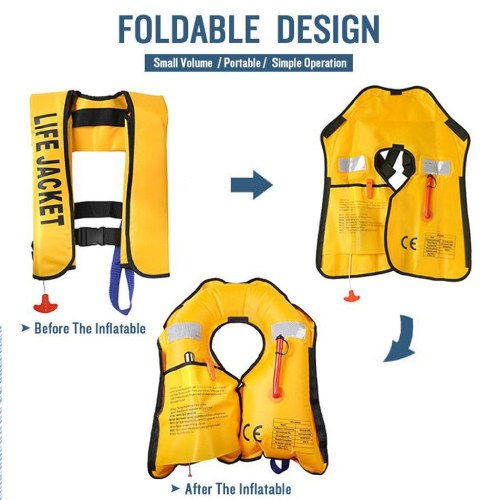
Most inflatable life jackets come with cartridges holding air or CO2. Some require manual inflation and some automatically inflate as you hit the water.
You usually need to pull a cord to initiate the air supply to the jacket for manual pieces.
3. Hybrid
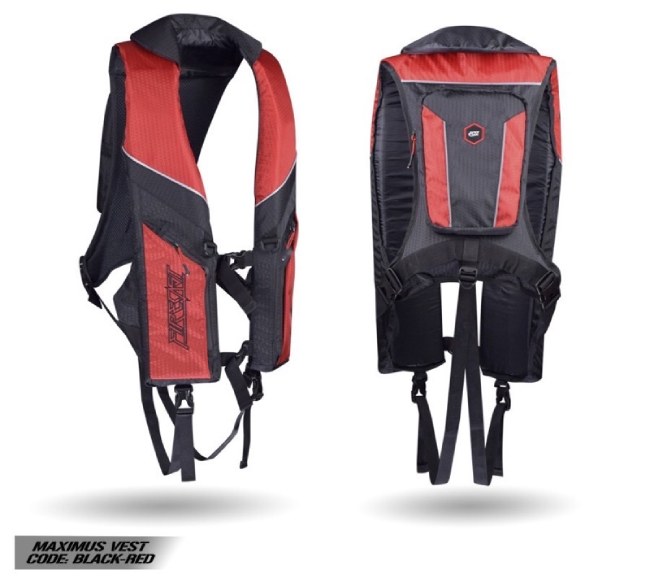
This is basically a mixture of buoyant and inflatable life jackets. Some areas are foamed up and some are left to inflate in case of an emergency.
These life jackets are considered a little more efficient than inflatable ones when in the water and more comfortable than foam-filled pieces when out of the water, especially in the summertime.
What do you need a life jacket for?

Boating fatality
As reported, 80% of all death in boating fatalities are caused by drowning. 83% of those surging victims were found without life jackets on them.
Life jackets today are much more comfortable and lightweight. They come in a variety of styles for keeping you there (fishing or other activities) and returning home safely.
Save your life
No matter what activity you’ve planned on the water, remember to wear a life jacket at all times. Accidents can happen so fast with not enough time to put a life jacket on. Life jackets are meant to activate when you tumble into the water.
The included features allow you to survive when it comes to the crunch. Some are manually inflated and some are automatic. Their name says it all – they exist to save your life.
Coast guard regulation on life jackets
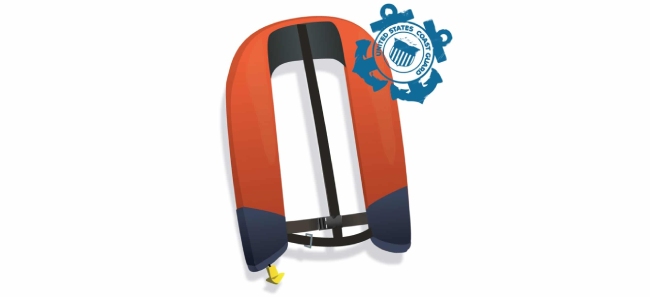
Check the label on the inside while you choose a life jacket. Make sure it has United States Coast Guard approved mark. It’ll have fewer words and more icons to make it reader-friendly.
This is a relatively new labeling method that came to be known as jacket label harmonization and aims at making life jackets broadly acknowledged and accepted, particularly in Europe and Canada.
It’s always advisable that you check the coast guard regulation on your life jackets no matter where you get them from.
Testing and maintaining a life jacket
Try it out in shallow water
Don’t shrink back from trying your jacket in the water before the expedition begins. It should fit you well and not ride up to your nose.
Pay good attention while choosing a floatation device for your child.
Measure the freeboard in deeper water
Don’t forget to get down into the deeper water to measure the freeboard. Freeboard here is the gap between the water’s surface and the bottom of your chin.
The more buoyancy the jacket has the higher the freeboard will be. More freeboard will make it easier to keep your head high above the water in rough seas with boundless waves.
Check your life jacket every year
Check your existing life jacket at least once a year, try it out to see if it’s still the right fit for you or if there are any significant aging signs like tearing or fading.
The foam might degrade with time or an inflatable piece might have a rip or hole.
Do the basic maintenance
Keep your jacket in some well-ventilated place. A bit of care can preserve them in good condition and make them last longer. You can wash most life jackets by hand with moderate laundry detergent and allow them to air dry.
Note: Dry cleaning your life jacket can be detrimental because the chemicals and heat will deteriorate the foam.
Avoid extreme heat
Be gentle with your life jacket. Don’t leave it out under the sun for a duration or throw it into the dryer. It might hasten the foam’s dissolution in no time.
Do these before you take a life jacket on the water with you
- Check if it’s coast guard approved
- Make sure all the zippers, fasteners, are in a good condition
- Keep the jacket intact and wearable
- Check if the style, size, and thickness are right for your activities
- Place it in water and double-check the floating ability
- Do an underwater test to check for holes
- Don’t forget to wear one as you set out to sail
Choose the right life jacket
Styles and features
Life jackets come in a variety of sizes, styles, and colors. Some are stretchy and some are directly incorporated into hunter coats or fishing vests. Others are smaller like a fanny pack or scarf until they’re brought together with water.
Most life jackets in the market are non-inflatable (standard). You may find inflatable jackets useful for your activities.
Safety and complacency
Chest size determines the sizing. It’s better to get your and your family’s life jackets from your local store so that you can try them out before you finalize.
Pay special attention when you choose for kids. Look for a snug and comfy fit first, then think about pockets, whistle, safety lights, and other life-saving aspects that’ll be useful in an emergency.
FAQs
1. Can you drown if you are wearing a life jacket?
Ans: No but you may drown if the jacket didn’t fit and was too baggy, had a hole (if inflatable), or you were in the water facing down and couldn’t breathe.
2. How long can you survive in water with a life jacket?
Ans: Although it would depend mostly on the condition of water or type of immunity system you have. But you may potentially survive 2-5 days with a life jacket in the water.
3. Do life jackets work if you can’t swim?
Ans: Yes, they do. You can stay afloat with the help of a life jacket, but a swimmer would know the techniques of drifting better than anyone who can’t swim. The manual inflatable life jackets are not recommended for those who can’t swim. Get a standard foam-filled jacket in case you’re not a swimmer.










Leave a Comment